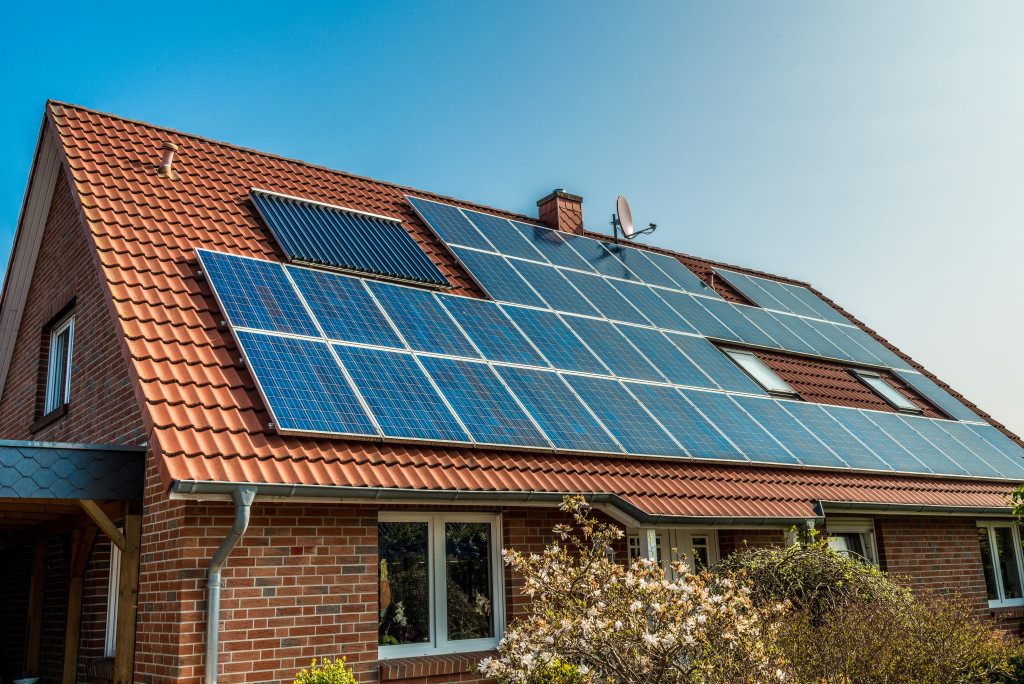Did you know that you can save the environment, cut your utility bill drastically, and start investing with the least capital you have in one program? You can do that now through community solar.
For decades, many experts in the energy industry have been looking for alternatives to fossil fuels and coal. This search led to many alternative renewable energy sources such as hydroelectric power, windmills, and nuclear power. (Though many people have reservations on the last one because of the Chernobyl and Fukushima Daiichi nuclear disasters.) But one alternative energy source making decent headway these days is solar power.
Solar Power for the Community
A community solar program is a large, centralized solar power wherein multiple properties share the electricity it produces. Most homeowners install their solar PV (photovoltaic) panels and other equipment in a wide, open location. That way, they don’t have to worry about using their personal property for the program.
In addition, they measure the program in megawatts, which means it can power hundreds or even thousands of homes, making electricity a lot cheaper.
How Does Community Solar Work?
The community solar program is for everyone who has access to the solar farm. Instead of selling the generated solar energy to utility providers, homeowners and entrepreneurs purchase it through subscriptions.
Residents subscribe to the energy produced in the solar farm that offsets the main power lines used in homes. The utility provider then recognizes every subscriber for the clean energy they provide to the grid and rewards them through “community solar credits” on their monthly bill. In most cases, the credits received by the residents cancels out their electrical bill.
Subscribers then pay the community solar concessionaires for their subscription at a more affordable rate than the credit they received from the utility. Here is a better way to describe how community solar works: Imagine it as a change machine that pays you back, wherein putting a $100 bill in the machine will give you $105 back. The community solar concessionaires get that $100 bill, and utility providers pay back residents the $105. It may seem too good to be true, but this is happening right now.
Community solar not only saves the entire neighborhood from the rising electrical costs every month, but residents are creating a sustainable and cleaner environment for the coming generations. Now that you know what community solar is in a nutshell, here are some facts about this program:
Solar Power for the Entire Neighborhood
The most evident benefit of community solar programs is that everyone can avail of solar power, from property owners to renters. It is made possible through the “virtual net metering” (VNM) policy. VNM allows the solar power grid properties to receive the agreed net metering credits and use the solar energy produced to offset electricity.
It reduces the amount of electricity a household produces every month, resulting in lower electric bills and more savings for the years to come.
Small Landowners Earn Passive Income
Homeowners use open spaces, including fields or farms, for such huge community projects so that other buildings will not cast a shadow on the solar panels. These locations make perfect sense since the program’s goal is to absorb as much sunlight as possible, convert it into solar power, and distribute it to different properties. Landowners participating in this project will receive the right compensation, whether monetary or through a share of the distributed solar power.
Boosts the Local Economy
More people are now inclined towards using anything organic, including electrical power. The booming solar industry helps boost the local economy since it generates tax payments. Likewise, they can use these taxes to develop towns or local communities. They can even have more community solar projects if authorities see its success.
Other countries even use their renewable energy projects as tourist attractions and attract potential investors for the further development of the community.
Less Maintenance
Community solar does not experience power outages, unlike power grids using carbon and fossil fuels as a source of power. That means there is less to worry about solar panel maintenance and repair. Concessionaires hire specialist staff who will be responsible for monitoring the solar farm’s performance.
You shouldn’t overlook the benefits of solar energy. Now, it’s slowly becoming a trend as people are making conscious efforts to protect the environment and cut their utility bills. Community solar programs are the best renewable energy option anyone should take advantage of. You can check if the area where you reside offers community solar subscriptions. That way, you can start living a sustainable life and stop relying on non-renewable sources of energy.




